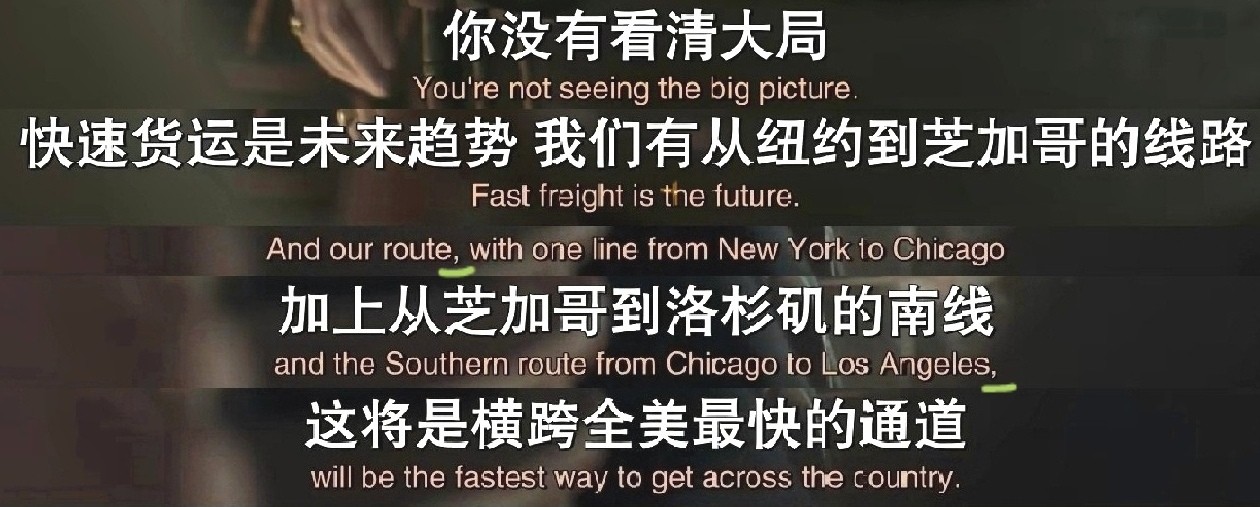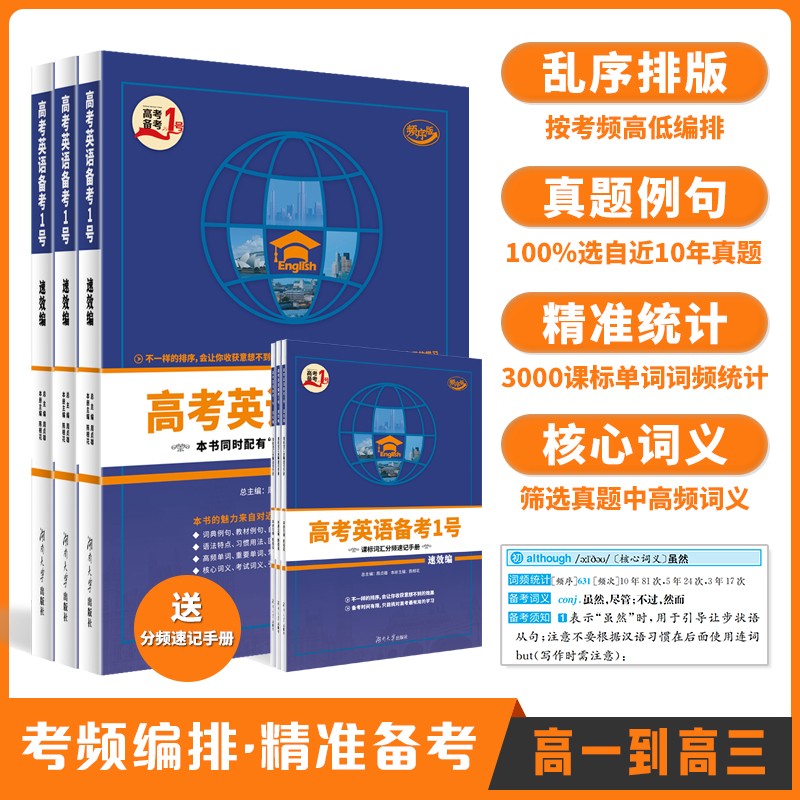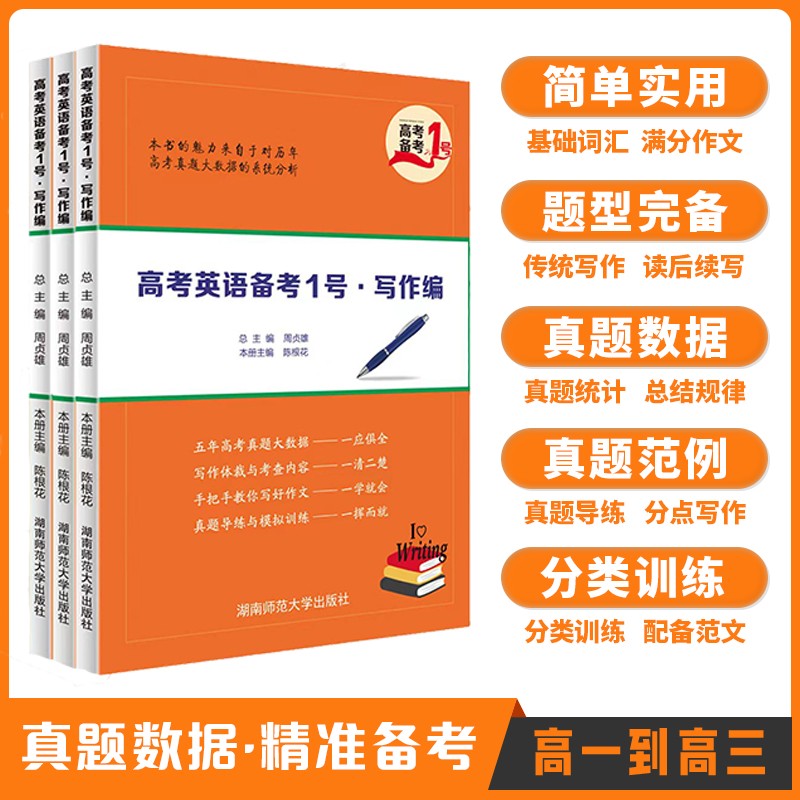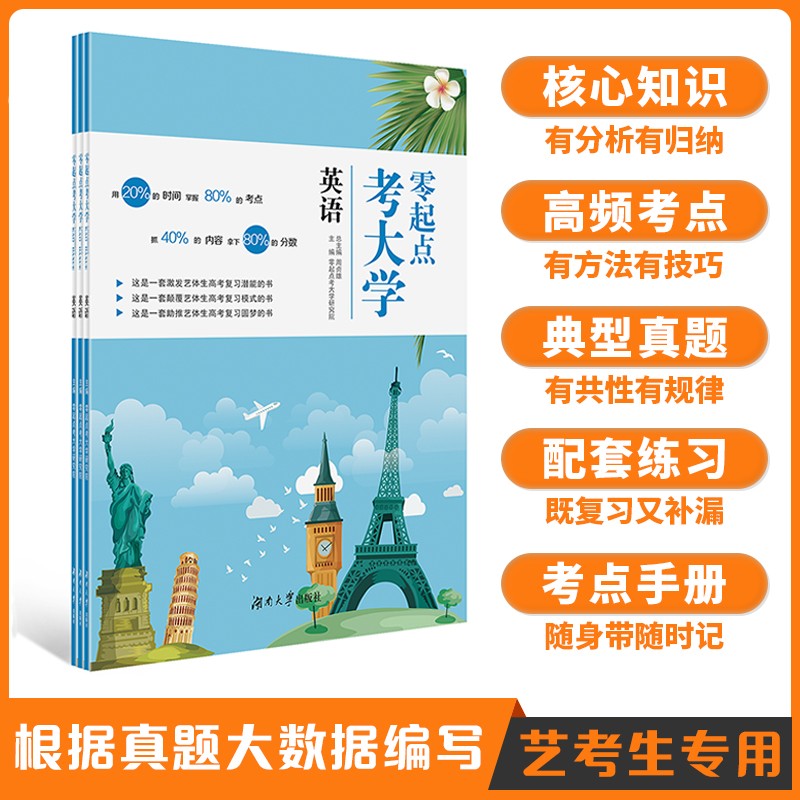4 辨别非限制性定语

1. 因为字幕有时会出错,我不确定它这里的非限制性定语(介词词组with one line from New York to Chicago and the southern route from Chicago to Los Angeles)是否准确——这里应该是限制性定语(不带逗号)还是非限制性定语(带逗号)?
2. 一般区分非限制性定语的判断标准是它和上下文没有关系?还是其他?想请教一下。
甚至我觉得它的成分划分错了?Our route with one line from New York to Chicago是一个名词词组、the southern route from Chicago to Los Angeles是另一个名词词组
3. the southern route from Chicago to Los Angeles应该是单独一个名词词组(因为此时这位企业家正去美国南部购买一条新route,应该就指这条)那么Our route with one line from New York to Chicago应当是限制性还是非限制性定语
4. 但是语义上,纽约到芝加哥…,加上芝加哥到洛杉矶→所以有了横跨全美最快的通道。(看地图也是这样) 这个角度看,感觉它逗号加的对。可能他把正在购置经营权的the southern route也算进our route了。
最佳答案 2025-08-10 00:44
你的有些看法是对的,原文的标点确实有问题,应改为:
And our route, with one line from New York to Chicago, and the southern route from Chicago to Los Angeles, will be the fastest way to get across the country.
即把后面一个逗号前移到第二条线路前面。
也就是说:our route后面的介词短语是非限制性的,因为our route带有物主代词,已有our来明确限制它,无需再用限制性定语;后面的the southern route则后接限制性定语。
- 1 关注
- 0 收藏,1031 浏览
- 提出于 2025-08-03 17:23
相似问题
- 非限制性后置定语与形容词短语 1 回答
- 过去分词organized和rolled作后置定语 1 回答
- even的强调对象和名词的后置定语 1 回答
- 非谓语动词和介词短语可以作为非限制性定语修饰整个句子吗 1 回答
-
 《高考英语备考1号·速效编》
《高考英语备考1号·速效编》
-
 《高考英语备考1号·写作编》
《高考英语备考1号·写作编》
-
 《高中英语晨读晚记》
《高中英语晨读晚记》
-
 《高中英语错题笔记》
《高中英语错题笔记》
-
 《零起点考大学英语》
《零起点考大学英语》
-
